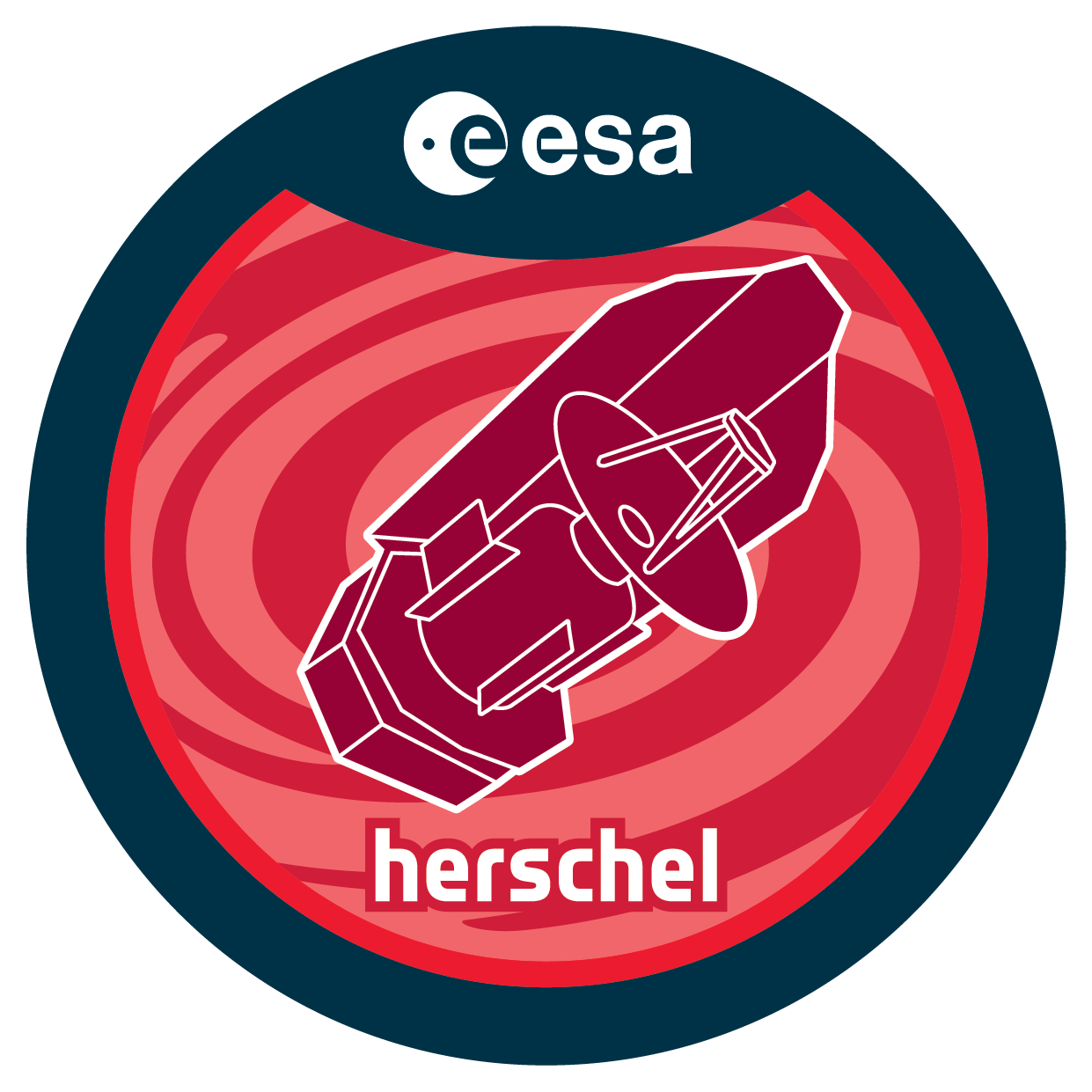| Description |
The bolometric energy emerging from dusty star formation and active galactic nuclei (AGN) peaks at far-infrared wavelengths, which current deep surveys have barely been able to touch. Prior to Herschel, the best observations have been made at wavelengths that are either too long (submm) or too short (mid-IR) to detect the bulk of this emission. While planned Herschel surveys will advance the study of the most luminous objects, they will not be sensitive enough to explore the typical star forming galaxies from z=1 to 4 as well as to identify obscured AGN. We propose ultra-deep PACS imaging, complemented with SPIRE observations, to push the imaging potential of Herschel to its limits in the GOODS fields where the deepest probes at all other wavelengths are also (and will be) located. The 100 micron capability of PACS is uniquely matched to the needs of observing at or near the peak of redshifted emission from star formation and AGN activity, while avoiding the worst effects of confusion. With the proposed survey we will: (1) resolve most of the cosmic star formation rate density up to z~4 ;(2) determine definitively star formation rates in both IR and UV selected galaxies down to the level where both SFR agree, up to z<1.5 and potentially up to z~4 ; (3) identify the Compton-thick AGN responsible for the missing part of the cosmic X-ray background that remains unresolved in current surveys.Observing two widely separated fields will offset the effects of cosmic variance. The proposed observations will be fully 3 times deeper than the planned GT GOODS-South survey, reaching 0.6 mJy (5 sigma) at 100 micron over 1/3 of each GOODS field. We additionally propose modest PACS and SPIRE imaging to bring the coverage of the complete GOODS-N up to the level of the GT GOODS-S survey.By conducting the proposed survey in the GOODS fields, the resulting dataset will have lasting legacy and archival value. |

